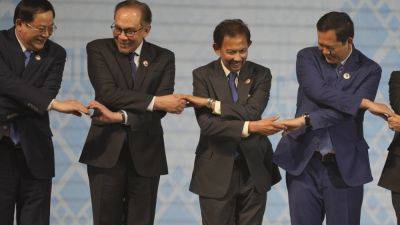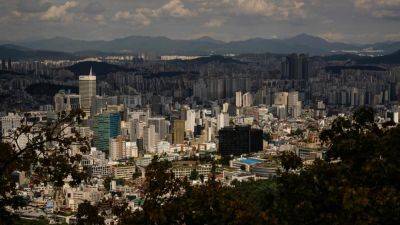In This Office, the Fading Dream of a Unified Korea Lives On
Sohn Yang-Young was appointed governor of South Hamgyeong Province by South Korea’s president last year. The job came with a chauffeur-driven car, secretaries, a spacious office and a mahogany desk with a mother-of-pearl nameplate.
But Mr. Sohn has never been to South Hamgyeong, because it is in North Korea.
South Korea has never formally accepted the division of the Korean Peninsula, which was imposed by the United States and the Soviet Union at the end of World War II. (Neither has North Korea, for that matter.) To assert its claim, the South appoints its own governors for five provinces in the North.
A chart in Mr. Sohn’s office bears the names and photos of dozens of officials who would help him administer South Hamgyeong “should the day come.” That day would be when the two Koreas unify — a remote prospect, to say the least.
Reaching South Hamgyeong would be a homecoming of sorts for Mr. Sohn, 73. It is the province his late parents fled during the Korean War and missed for the rest of their lives, which they spent in the South. North Korea has redrawn South Hamgyeong’s boundaries since the war, but the family’s roots remain.
“I always keep myself ready to go up there to take over,” Mr. Sohn said in an interview at his office in the Committee for the Five northern Korean Provinces. (The committee refuses to capitalize “northern” in its official English name, just as North Korea once referred to “south Korea.”)







